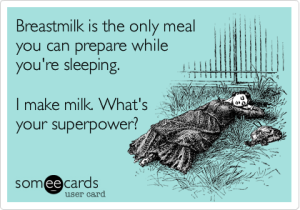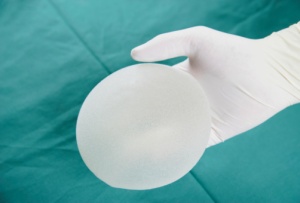What can you do to prepare for your surgery?
- If you smoke, it is essential that you reduce or stop smoking before your procedure and for some time afterward. Be sure to discuss this openly with your doctor.
- Make sure your physician is aware of any medications, supplements, and herbs you are currently taking. For instance, certain medications such as aspirin or ibuprofen can cause bleeding problems during and after the procedure.
- Eat a healthy diet and avoid drinking alcohol a few days prior to your procedure.
- Exercise is generally good for your overall health; however, refrain from extremely vigorous exercise the day before your breast augmentation procedure.
- Do not eat or drink anything, including water, after midnight the night before the procedure.
- The night before your procedure, shower and wash your surgical areas with antimicrobial soap. After your shower do not wear any makeup, moisturizers, oils, creams, or lotions — including deodorant.
- Remove nail polish from at least one fingernail and toenail to help the anesthesia person monitor your blood circulation during your procedure.
- The morning of your breast augmentation procedure you may brush your teeth, but do not swallow more than a sip of water. If your physician allows you to take any prescribed medication, swallow it with a minimal amount of water.
- When you go to your physician’s office, wear loose-fitting clothes that open in the front and comfortable flat shoes that slip on.
How long does the surgery generally take?
I usually perform breast augmentation surgeries within 45-60 minutes, however, time will vary according to each patient’s unique body & requests.
Would being under general anaesthetic for this period put you off undergoing breast augmentation surgery?
Post Surgery Down-Time
Patients are generally discharged the same day as their surgery. The recovery period varies from patient to patient but generally it takes only 3-5 days to return to work and 2 weeks rest is advised before engaging in vigorous exercise. Swelling & bruising disappears within short periods of time.
Have you had breast augmentation surgery? How long was your recovery?
Recovery does include:
Pain will be experienced for the first few days after the procedure‚ as occurs with any operation. However advances in pharmaceutic agents means that the pain will be well controlled with oral medication post-op. Swelling & bruising‚ these are again inevitable consequences of an operation and soon resolve.
Breast Feeding After Breast Augmentation?
Breast augmentation surgery is not known to affect the ability to breast feed.
Flying? Will my breast implants burst?
No, there is no chance of your implants bursting due to flying or climbing to a high altitude. Implants today are tough enough to be man-handled without the possibility of bursting.
I hope that you have enjoyed & been informed by this month’s discussion of Breast Augmentation. Please leave me suggestions as to topics that you wish to be discussed in the future, and don’t be shy to ask any questions.

